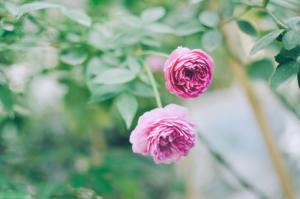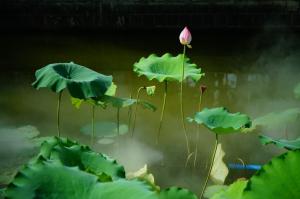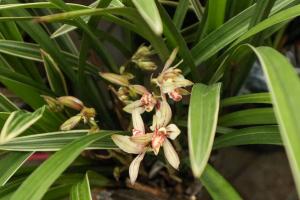Breeding method
Soil
Brazilian wood likes a warm and humid weak acid growth environment and soil with good drainage and humus. Therefore, in order to make the plant grow better, it is recommended to select the soil mixed with peat soil, rotten leaf soil and pastoral soil perlite in proportion for breeding
Illumination
Brazilian wood likes sunshine, but rejects exposure and long shade. It is recommended that the bag be placed in a bright and well ventilated place for maintenance. If you want to watch in a dark room, you need to pay attention. After a period of time, it needs to be placed in a place with appropriate sunshine for maintenance. In general, Brazilian wood should ensure sufficient light except in summer, but in hot summer, pay attention to avoid direct sunlight to prevent the leaves from being burned by the sun, and choose shelter for shading
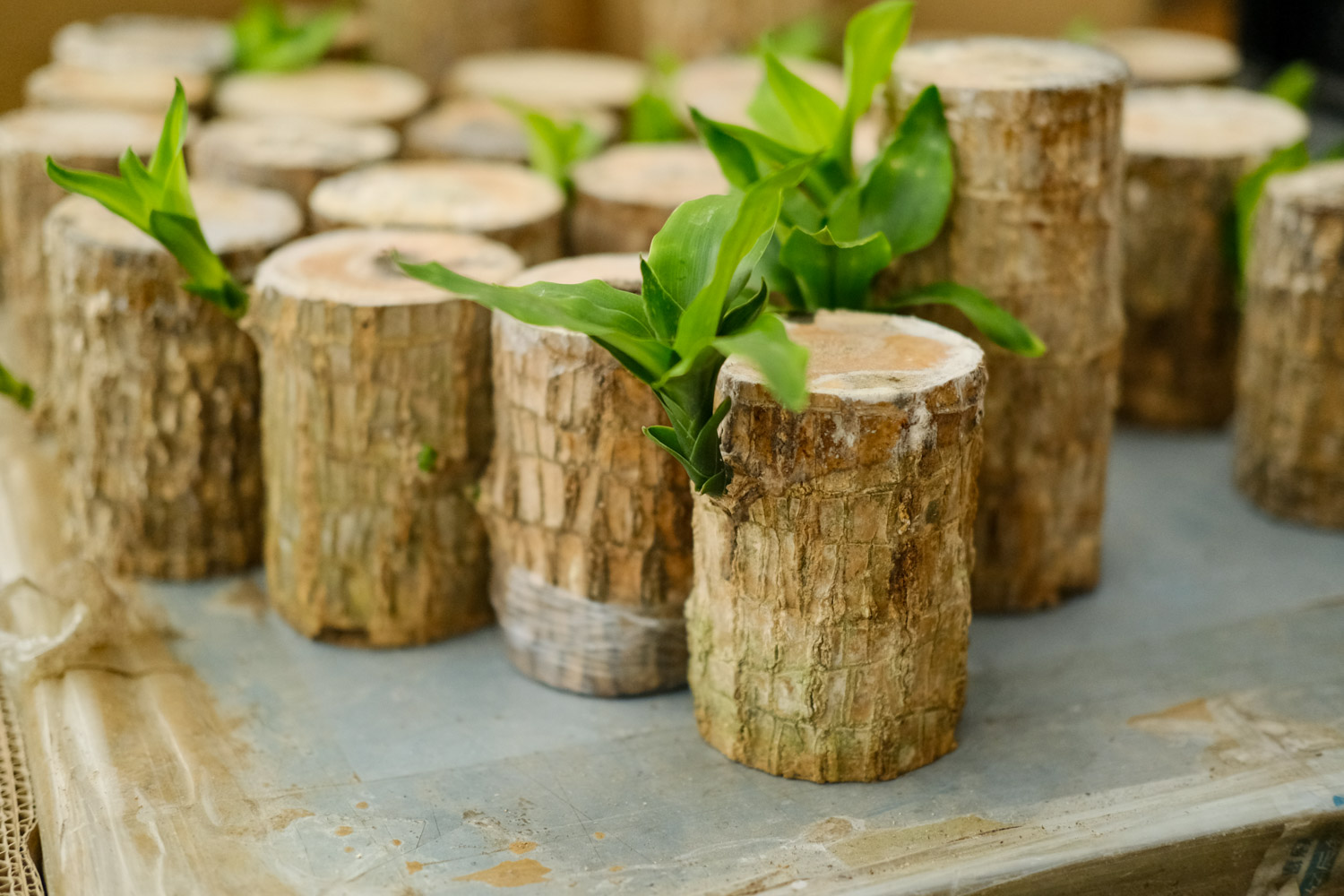
Water and fertilizer management
Brazilian wood likes a humid growth environment, but avoid ponding. In winter, it may enter the dormancy period. During this period, special attention should be paid to controlling the water volume and drying the basin soil as much as possible. During the growth period, pay attention to maintaining reasonable humidity. When you find that the branches and leaves are scorched, you can choose to spray some water around or spray a small amount of water on the branches and leaves. It is recommended to apply fertilizer every half a month when Brazilian woody plants grow for a long time. Stop applying nitrogen fertilizer in September and apply phosphorus and potassium fertilizer two or three times a month to increase the cold resistance of the plant. In addition, in order to make Brazilian wood more ornamental, a small amount of fertilizer should be applied to prevent the growth of potted Brazilian wood, which is difficult to maintain
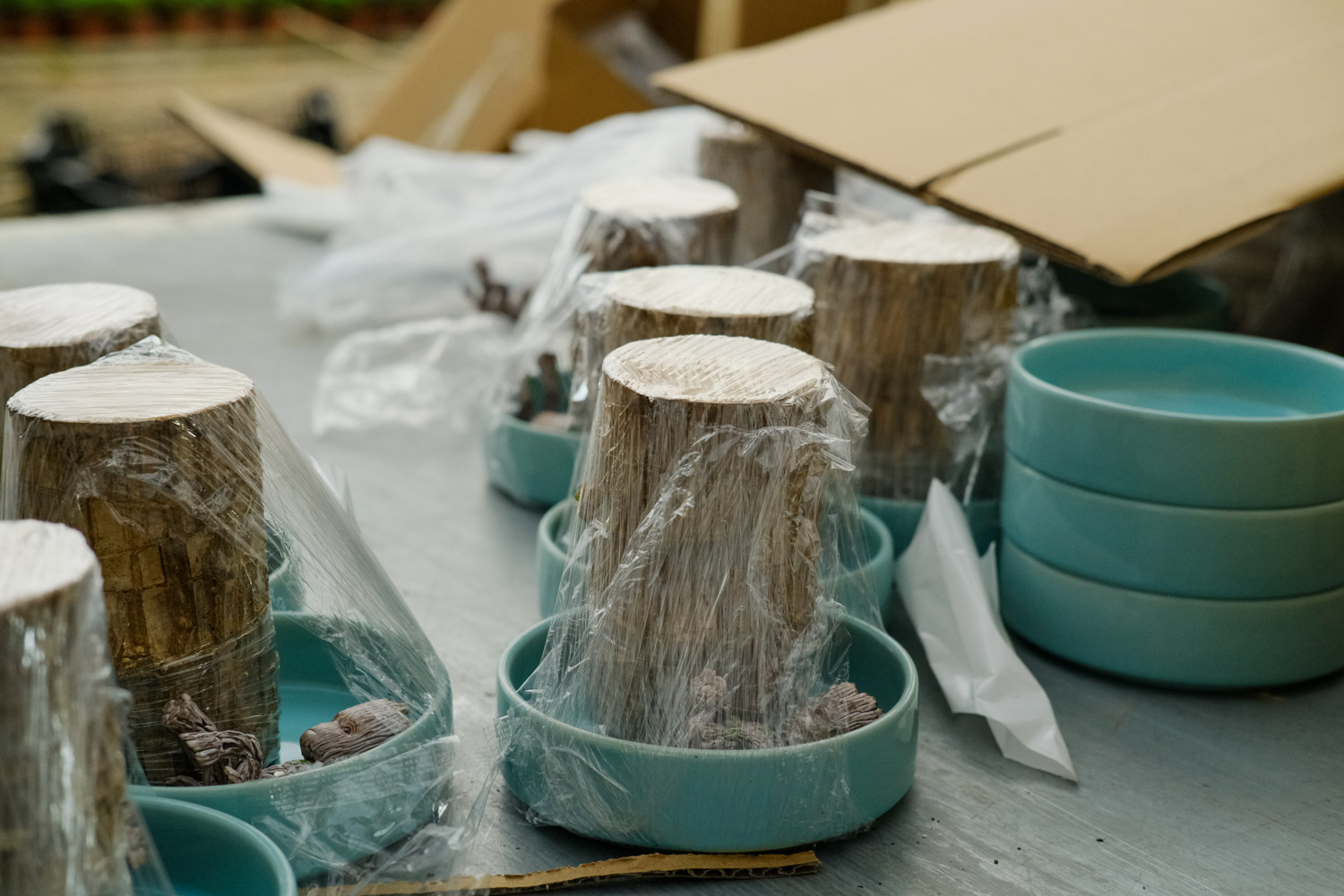
Precautions
Brazilian wood likes temperature. In winter, the indoor temperature should be kept above 10 ℃. In addition, Brazilian wood likes a humid environment. When growing new leaves, we need to pay attention to maintaining the air humidity nearby. If it is too dry, it may lead to the phenomenon of curling and withering at the leaf tip and edge

 how many times do yo...
how many times do yo... how many planted tre...
how many planted tre... how many pine trees ...
how many pine trees ... how many pecan trees...
how many pecan trees... how many plants comp...
how many plants comp... how many plants can ...
how many plants can ... how many plants and ...
how many plants and ... how many pepper plan...
how many pepper plan...